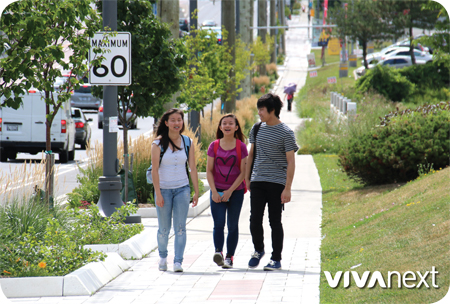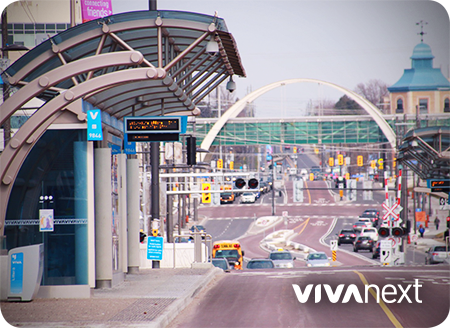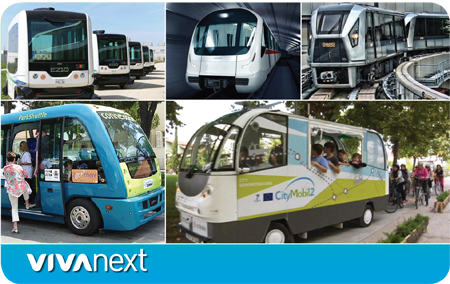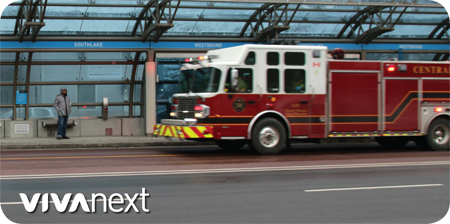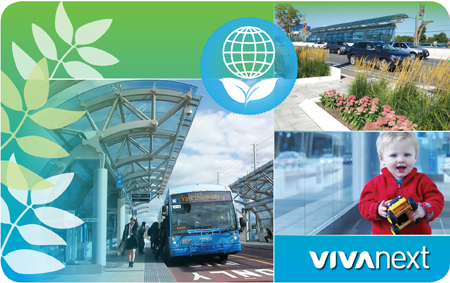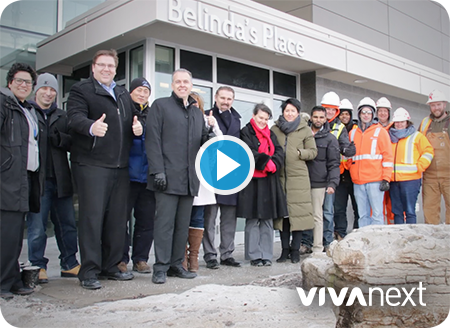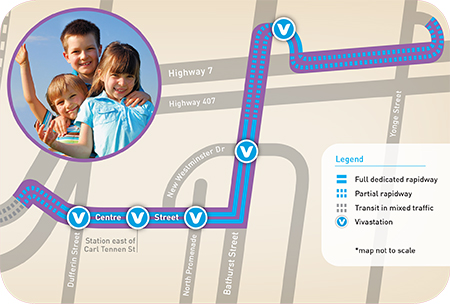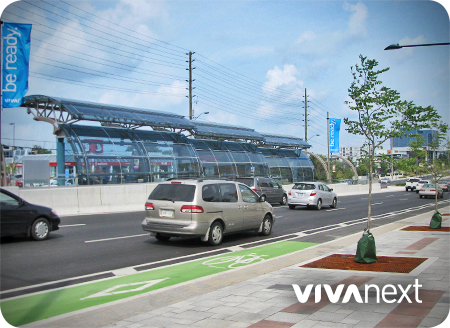Today, Earth Day turns 46. What does middle age mean for this global environmental event? An exciting theme and an ambitious goal: the Global 2016 theme is “Trees for the Earth”.
And as Earth Day edges closer to celebrating its half-century anniversary, Earthday.org is asking people around the world to plant trees, with the hope of reaching 7.8 billion trees planted by Earth Day 2020.
That’s one tree for every person on the planet!
In Canada, it’s the celebration of the 25th anniversary of Earth Day Canada, and citizens in this country are invited to participate in the #Rooting4Trees ‘pledge and plant’ campaign. The goal is to help grow a forest of 25,000 trees.
For our part here at vivaNext, we enthusiastically embrace and support the goals of Earth Day. Earth Day serves as our annual springtime reminder that we’re on the right track, as we continue building transit treasuring and protecting the natural environment, promoting smart growth, and building vibrant, livable cities, and healthy communities.
Following the theme of trees, very soon, you’ll see crews planting trees, shrubs and greenery along the Davis Drive rapidway and along Highway 7 West in Vaughan.
And in support of the movement to care for the earth – and to thank the Newmarket community for their patience during construction – watch for vivaNext at the Town of Newmarket’s upcoming Community Cleanup & Fun Day on Saturday, May 7. We hope you stop in and see the vivaNext team.
Happy Earth Day, everyone!


